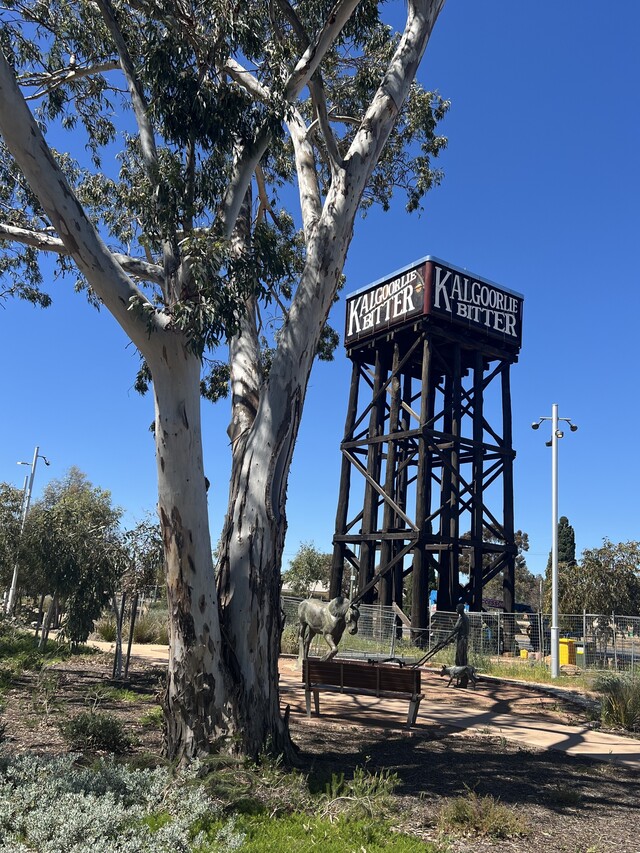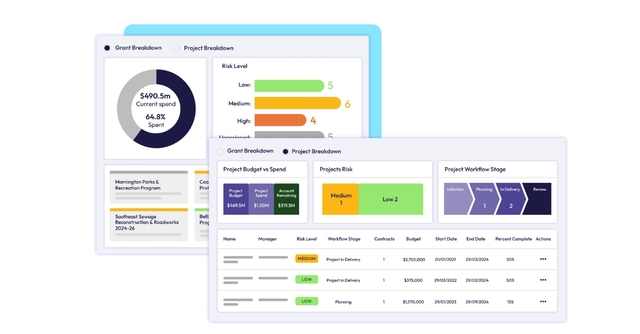Rejecting the temptation of simply drawing lines on a map, the South Australian Government opted for a voluntary approach to structural reform. It provided the mechanism, through the Boundary Reform Board, to work in partnership with Local Government to achieve change.
In December 1995, legislation was passed creating the Board. The legislation set down two means to achieve restructure, via a Council initiated proposal, fundamentally a voluntary approach, and a Board initiated proposal.
Described by the Minister for Local Government, Mark Brindal, as a carrot and stick situation, he believes that with the Board initiated process being largely an unknown, people decided ‘if we do this voluntarily, that is probably the best outcome’.
Under the legislation, the Board was established to achieve a reduction in the number of Councils in the State, a reduction in the costs of providing Local Government Services and obtain significant benefits to ratepayers.
The Executive Director of the Board, Tony Crichton believes membership of the Board, with five Local Government representatives and three from outside Local Government together with highly professional support staff, greatly assisted the establishment of a partnership to achieve change.
Under the voluntary proposal process, Councils wishing to amalgamate were required to present the Board with financial management plans as broad indicators of being able to comply with legislative requirements. Councils were also able to submit a draft proposal if they wished the Board to comment prior to their final proposal.
Consultation and establishing channels of communication was a priority of the Board. Liaising with Councils and the Local Government Association, a set of guidelines for the process was drawn up.
“Fundamentally, the Board’s role was to be a facilitator and catalyst, certainly not to go out and right things or do things for Local Government,” Tony Crichton said.
He said that the use of professional facilitators greatly assisted Councils to resolve issues and break down barriers that, in some cases, had impeded merger discussions for many years. Funding for facilitators and technical assistance to prepare proposals was provided by the Commonwealth Government under the Local Government Development Program.







